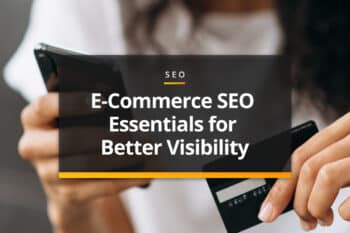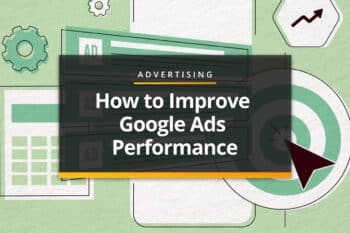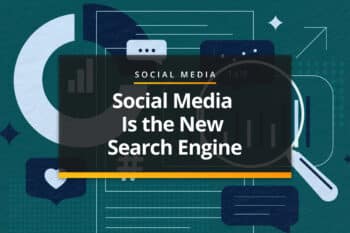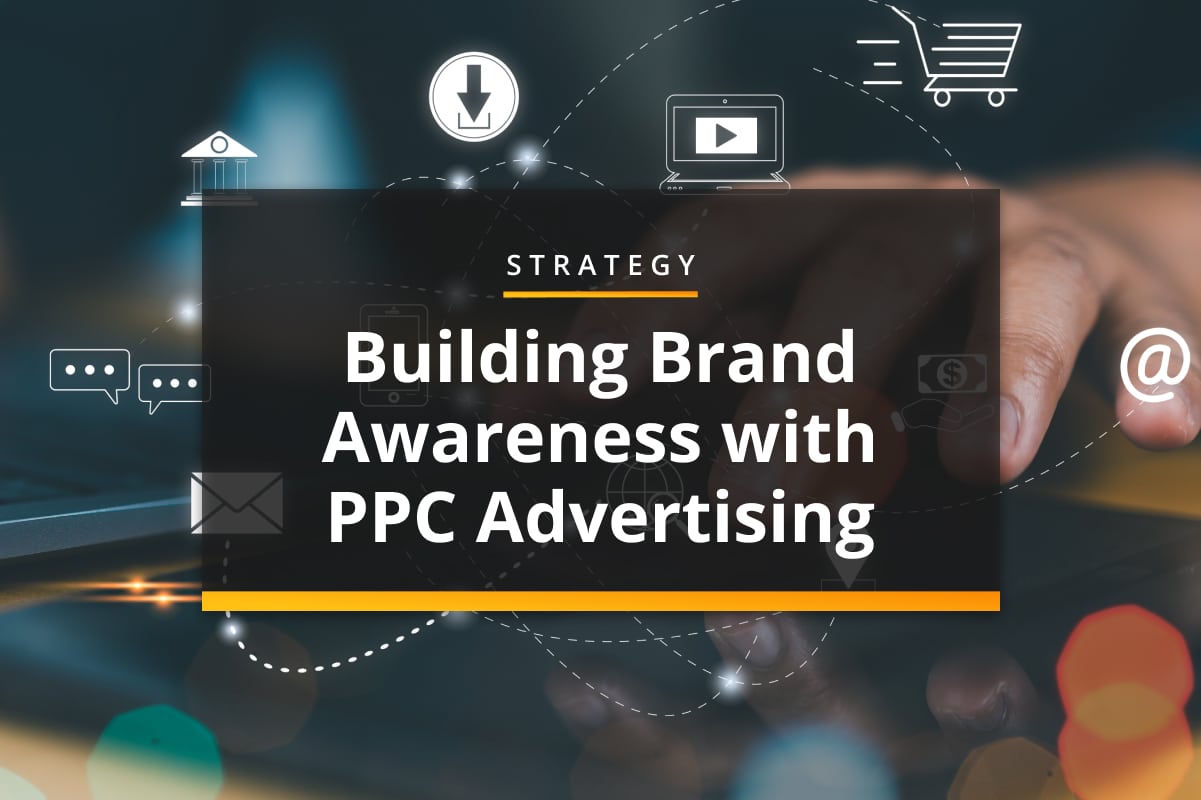
Brand awareness is crucial for any business growth. Pay-per-click (PPC) advertising is a great tool for leads and sales, but should not be overlooked for top-of-funnel awareness as well. In this post, we’ll review how PPC can help with brand awareness, campaign types, key strategies, measurement, and more.
Why PPC is Valuable for Brand Awareness
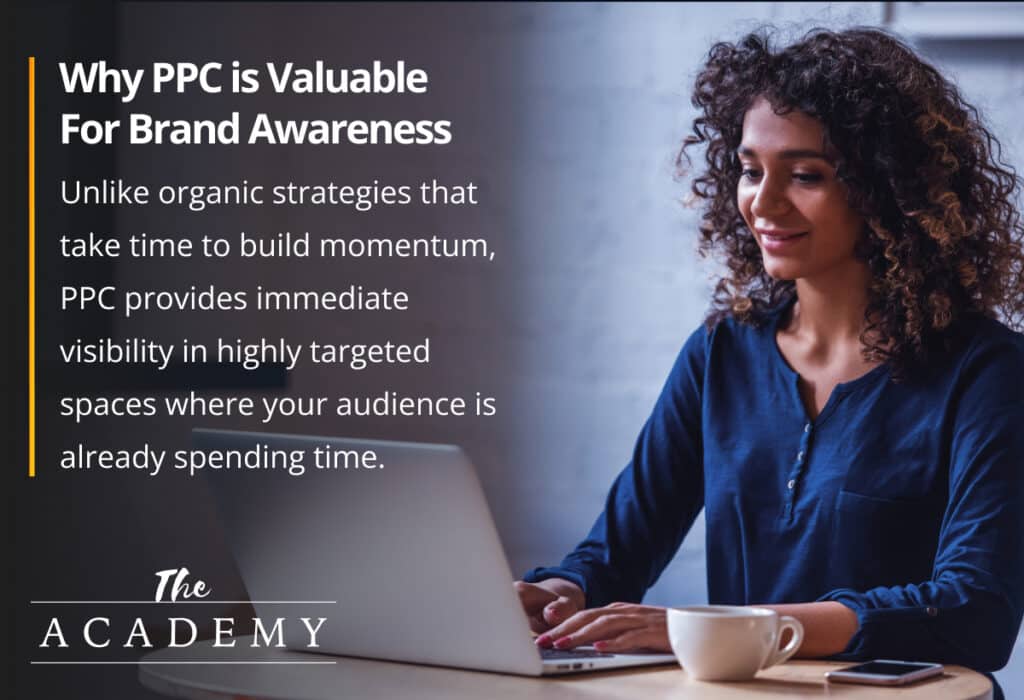
One of the fastest ways to build awareness for your brand is to get in front of the right people at the right time—and that’s exactly what PPC advertising delivers. Unlike organic strategies that take time to build momentum, PPC provides immediate visibility in highly targeted spaces where your audience is already spending time.
Precision Targeting That Matters
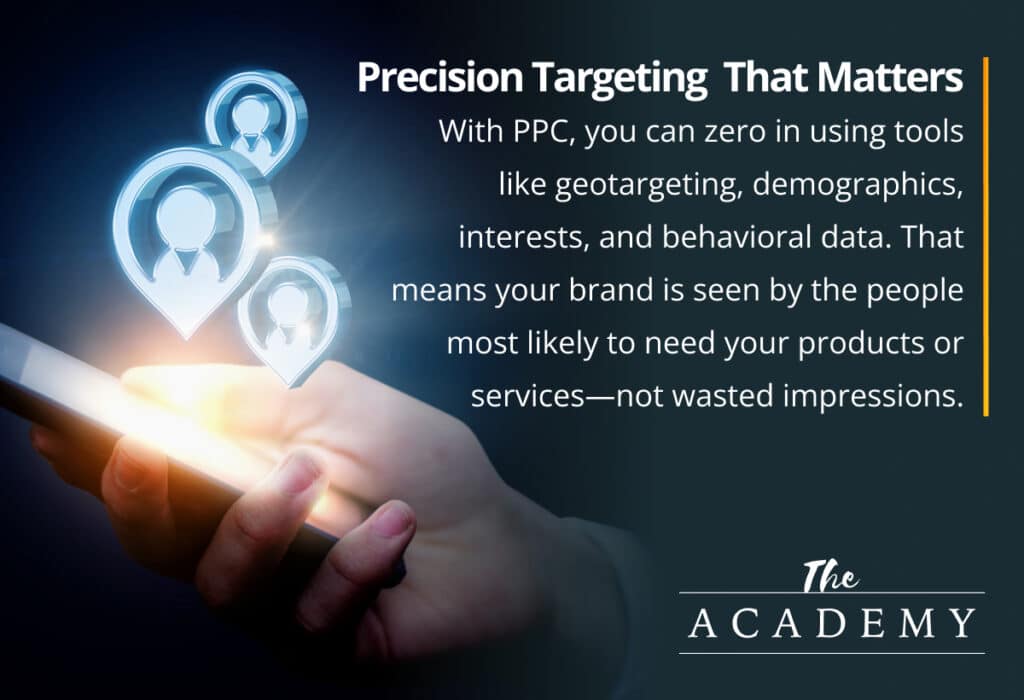
With PPC, you’re not casting a wide net and hoping for the best. You can zero in on your most valuable users using tools like geotargeting, demographics, interests, and behavioral data. That means your brand is seen by the people most likely to need your products or services—not wasted impressions.
Consistent Presence Across Channels
Awareness grows with repetition, and PPC makes it possible to stay visible across multiple platforms. From search ads that capture high-intent queries, to display ads that reinforce your brand on relevant websites, to YouTube campaigns that combine visuals and storytelling—you’re meeting your audience in different contexts and reinforcing recognition over time.
Real-Time Testing and Measurement
Unlike traditional awareness tactics that are hard to track, PPC gives you instant feedback. You can see which messages, visuals, or platforms resonate most with your audience and adjust accordingly. This agility ensures that your awareness campaigns aren’t just visible, they’re effective.
Together, these capabilities make PPC one of the most efficient ways to establish brand awareness, strengthen recall, and build trust—all while staying accountable to measurable results.
PPC Campaign Types That Drive Awareness
Different campaign types can bring different benefits and reach different audiences but can all be used to build brand awareness.
- Search Campaigns: Show ads for branded and even competitor keywords to have more “real estate” on the search results page.
- Display Campaigns: Visual ad placements across relevant sites for reach. You’re using behavior / demographic / interest targeting here to find those most relevant users.
- Video Campaigns: Using YouTube video ads allows you to use storytelling and you’re able to use those behavior / demographic / interest targeting options to hone in on the right users. These help with high recall power.
- Performance Max/Demand Gen Campaigns: These campaign types expand your reach in multiple formats. They include visual aspects like images and video. You’ll be able to use audience signals to help find the proper users.
Key Strategies for Using PPC to Build Awareness
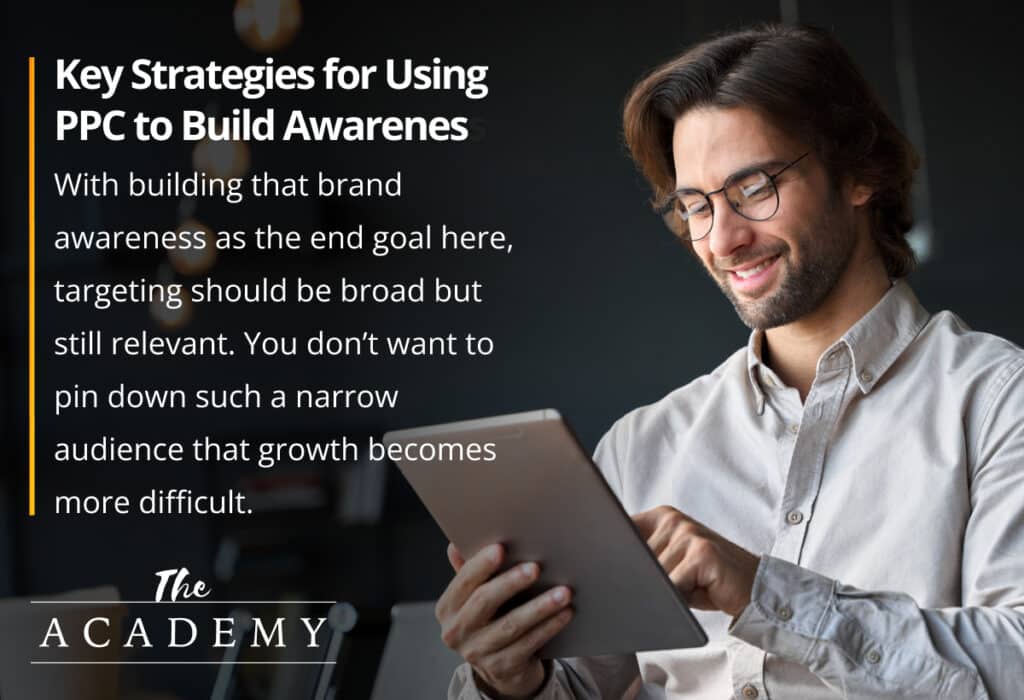
With building that brand awareness as the end goal here, targeting should be broad but still relevant. You don’t want to pin down such a narrow audience that growth becomes more difficult. This may entail using custom segments or in-market audiences. You can also choose to include lookalike audiences if using Demand Gen campaigns. Here are some other strategies to consider:
- Creative that Tells Your Brand Story: For brand awareness, the focus of creative elements should be less about promotions and more about the value, identity or mission of your brand.
- Layering Channels for Repetition: Use different campaign types that use different channels to reach people multiple times. You could be showing ads on related display network sites, on YouTube channels, in Gmail ads, and also in search. Users need multiple touchpoints before brand recall sticks.
- Using Remarketing as Reinforcement: Keep your brand top of mind after first exposure. It is easy to set up a remarketing user list in Google Analytics to then use as audience targeting to reach these users who have already interacted with your site.
Measuring Brand Awareness in PPC Campaigns
- Impressions & Reach: Overall visibility. These metrics can help you understand how many people were shown your ads. The Brand Report in Google Ads can help demonstrate these metrics for certain campaign types (it does not support search, Performance Max, or Shopping campaigns). For those campaigns that aren’t supported, you’ll be able to find some of this data within the campaign or ad group.
- View-through Conversions: Don’t overlook these numbers. These are users who saw an ad and later converted.
- Engagement Metrics: Data to see how users are engaging with your ads, such as click-through rates (CTRs) or video completion rates. These interactions are building exposure.
- Brand Lift: If you’re using video campaigns, you can reach out to your Google rep and request access to the Brand Lift studies. It’s not available in all accounts, but you can request access.
- Direct Traffic: This could represent growth as an indirect indicator.
Common Mistakes to Avoid
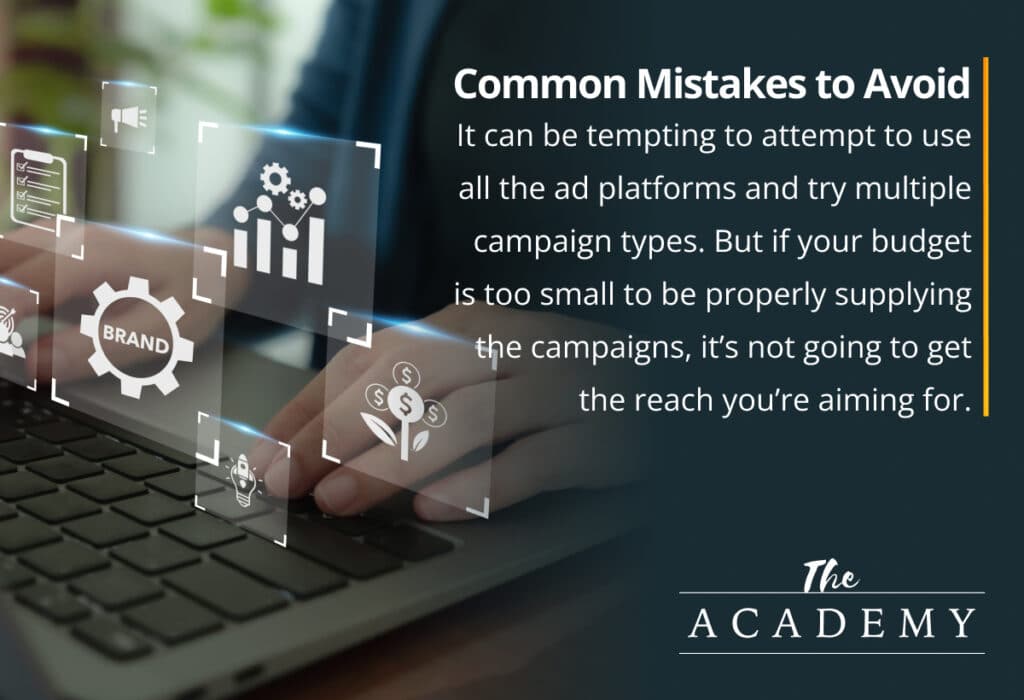
Only Optimizing for Clicks or Conversions
You may want to try a bidding strategy such as Target Impression Share that focuses on reach instead.
Using Overly Sales-Driven Creative
At this awareness stage, try to focus on the important message or vision of your brand.
Not Setting Awareness-Specific KPI Goals
You want to make sure you’re keeping an eye on the right metrics for this awareness goal so you know you’re on track. Metrics like impression share, reach, and frequency will be more important than conversion data at this stage.
Spreading Budget Too Thin Across Too Many Platforms
It can be tempting to attempt to use all the ad platforms and try multiple campaign types. But if your budget is too small to be properly supplying the campaigns, it’s not going to get the reach you’re aiming for. Be smart with how you spend your budget.
Actionable Steps to Get Started
- Identify your target audience and your brand message.
- Choose the right channels. Consider your awareness goals and where your ideal audience can typically be found.
- Develop creative assets that focus on storytelling.
- Set KPIs tied to awareness, not just conversions.
- Start small, measure, and optimize.
Conclusion
Taking these steps to create a brand awareness PPC strategy can help your brand lay the foundation for long-term goals and conversions. Reach out to talk to our team about building your brand awareness with PPC.
Most Popular Articles

Seeing Favicons in Your Google Search Results? Here’s Why…
Have you noticed anything different in your Google Search results lately? Google added tiny favicon icons to its organic search results in January. It was…

Business Growth and Digital Marketing News & Tips 11-17-24
Are you encouraging and rewarding innovation? Lee Cockerell is the former Executive Vice President of Operations at Walt Disney World. A lover of traditional red…

Business Growth and Digital Marketing News & Tips 11-27-24
A culture of gratitude "Feeling gratitude and not expressing it is like wrapping a present and not giving it." – William Arthur Ward Beyond being…

